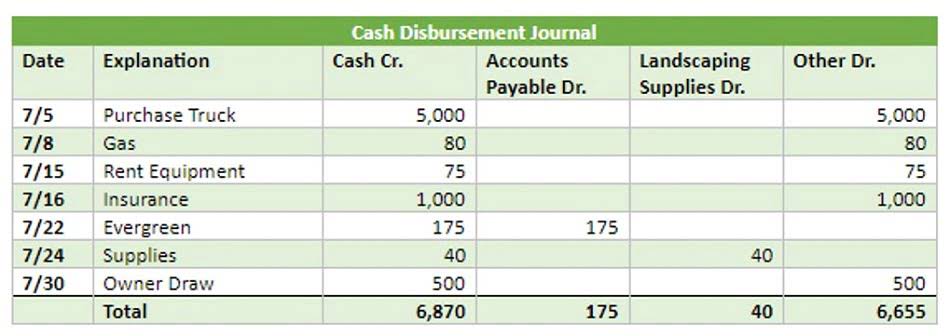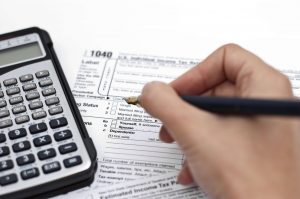Asset Disposal Define, Example, Journal Entries

Over time, this reduces the book value of the asset on the balance sheet. Initially, the asset is recorded at cost and a parallel liability may also be recorded if the asset was acquired through financing. As depreciation accumulates, it diminishes the asset’s book value and the corresponding expense affects net income, reducing a company’s profitability for the reporting period. Understanding how to record these transactions is essential for accountants as they provide a historical record and accountability.
Definition of Fixed Assets Disposal

The double-declining balance method is typically used when the asset, like a vehicle, will depreciate faster in the early years of its life before slowing down. The straight-line method assumes the same amount of depreciation each year. The formula first subtracts the cost of the asset from its salvage value, then divides that number by the useful lifespan of the asset. These types of assets can’t easily be converted into cash, but they add value to the business and can contribute to its long-term growth. Or it may be forced to make tough financial decisions to ensure the company has enough cash to operate, or to meet challenges in the marketplace.
Example of a Gain or Loss on Asset Sale Calculation

This is done by either debiting or crediting the gain or loss on disposal of assets account. If the sale results in a gain, as in the case where the machinery sold for $25,000 with a net book value of $20,000, a credit of $5,000 would be made to the gain on disposal account. Conversely, if the sale results in a loss, the loss on disposal account would be debited.
What is the Difference Between Fixed Asset Write-off and Disposal?

A loss decreases net income, potentially affecting investor perception, while a gain might enhance profitability metrics. Cash flow statements may also reflect changes in the investing activities section, where proceeds from asset sales are recorded, impacting liquidity ratios like the current ratio. And this gain on disposal of fixed asset account is usually reported under the other revenues how to record disposal of asset section of the income statement. Disposing of fixed assets is a critical aspect of accounting that requires careful consideration and adherence to standards. By understanding the accounting treatment for sales, retirements, and exchanges, you can ensure accurate financial reporting and compliance with Canadian accounting standards. Regular practice and a thorough understanding of the related standards will prepare you for success in the Canadian Accounting Exams.
Disposal of Fixed Assets in Ledger Accounting
- This is important for accurate financial reporting and compliance with…
- A long-term asset will likely have a new value yearly owing to depreciation.
- These ratios are often scrutinized by investors and analysts to gauge the efficiency and profitability of a company, making accurate asset disposal entries indispensable.
- The next step is to determine the method of disposal, which could be through sale, trade-in, or scrapping.
- The calculation of gain or loss on the disposal of an asset is a straightforward process that hinges on the comparison between the asset’s net book value and the proceeds from disposal.
Once you know which assets are on their way out, you must pick the best time to let them go. Think about the market value of the items, your company’s budget cycles, and your plans for replacement. You want to ensure you’re either getting some money back for these assets or at least not losing more than you have to. The timing of asset disposal can make a big difference in your company’s finances. When the time comes to say goodbye to outdated or worn-out IT assets, handling the disposal process with care is crucial.

This involves reviewing the asset’s ledger to confirm the historical cost and the accumulated depreciation to date. The historical cost represents the asset’s original purchase price, including any costs necessary to bring the asset to its intended use. Accumulated depreciation, on the other hand, accounts for the asset’s devaluation over time due to use and obsolescence. The disposal of an asset is a significant financial transaction for any business, marking the end of an asset’s lifecycle within the company. It involves removing the asset from the balance sheet and recognizing any resulting financial impact. This process not only reflects operational decisions but also has implications for a company’s financial health and strategic planning.
- Additionally the account is sometimes called the disposal account, gains/losses on disposal account, or sales of assets account.
- You or another user, such as a finance lead, can review fixed asset reports to better plan for capital expenditures in the future, or for tax filing.
- A company may no longer need a fixed asset that it owns, or an asset may have become obsolete or inefficient.
- It’s critical for accurate financial reporting and valuation of the company.
- This double entry bookkeeping transaction reflects the matching principle, ensuring the cost of using the asset is recorded in the same accounting period that the asset helps generate revenue.
More info about depreciation calculations
- Let’s say you bought a business vehicle for €40,000 two years ago and the accumulated depreciation for the vehicle is €12,000.
- It’s suitable for assets that wear out uniformly over time, like office furniture, buildings, computers, vehicles, and machinery.
- When you dispose of a fixed asset, it means that the asset is no longer being used for generating income and has either been sold or scrapped.
- The organization compiled an accumulated depreciation of $10,000 on that asset.
- Likewise, accounting for the disposal of assets is fundamental to keeping up with tidy and forward-thinking accounting records.
Learn how to accurately record asset disposal journal entries and understand their impact on your financial statements. This ensures the true profitability of the asset disposal is reflected. Gains are increases Travel Agency Accounting in the business’s wealth resulting from peripheral activities unrelated to its main operations. Recall that revenue is earnings a business generates by selling products and/or services to customers in the course of normal business operations. That is, earnings result from the business doing what it was set up to do operationally, such as a dry cleaning business cleaning customers’ clothes.

- If the asset is fully depreciated, it means its book value is zero, and the entire proceeds from the sale would typically be recorded as a gain.
- When a fixed asset is sold, scrapped, or otherwise disposed of, specific ledger entries must be made to reflect the transaction accurately.
- This approval should come from the manager responsible for the asset, and sometimes also the chief financial officer.
- Gains are recorded as non-operating income, while losses appear as expenses on the income statement.
- As noted above, companies may dispose of their assets if they have fully appreciated or are no longer useful.
- This figure represents the asset’s carrying amount on the balance sheet up to the point of disposal.
On the other hand, selling an asset for an amount below the total depreciated value indicates that the business made a loss on the asset’s sale. One must remember that an organization must record gains and https://siap77slot.com/how-to-become-an-accountant-requirements-salary/ losses as credit and debit entries, respectively. Recording the disposal of assets is very important for any organization. When a company disposes of part of an asset—whether through sale, retirement, or replacement—it must update its financial records.
Antworten